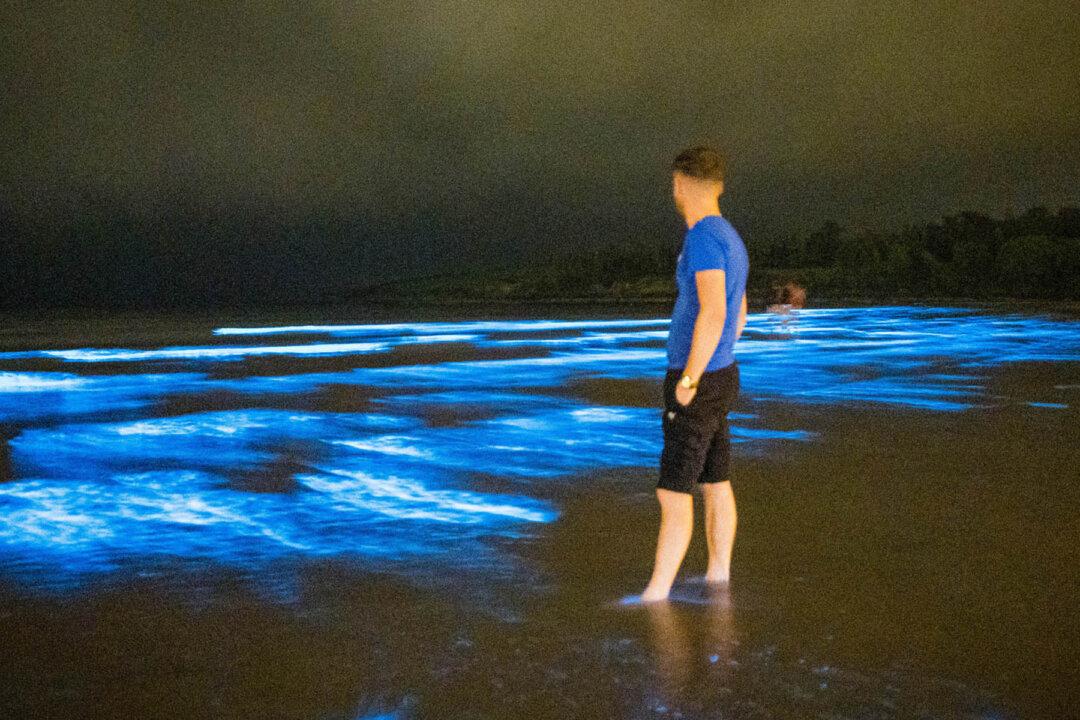A beach in Ireland transformed into a breathtaking rare spectacle as bioluminescent plankton colored the incoming waves a sparkling electric blue.
One beachgoer, a photographer, caught the magical natural phenomenon on camera.

A beach in Ireland transformed into a breathtaking rare spectacle as bioluminescent plankton colored the incoming waves a sparkling electric blue.
One beachgoer, a photographer, caught the magical natural phenomenon on camera.